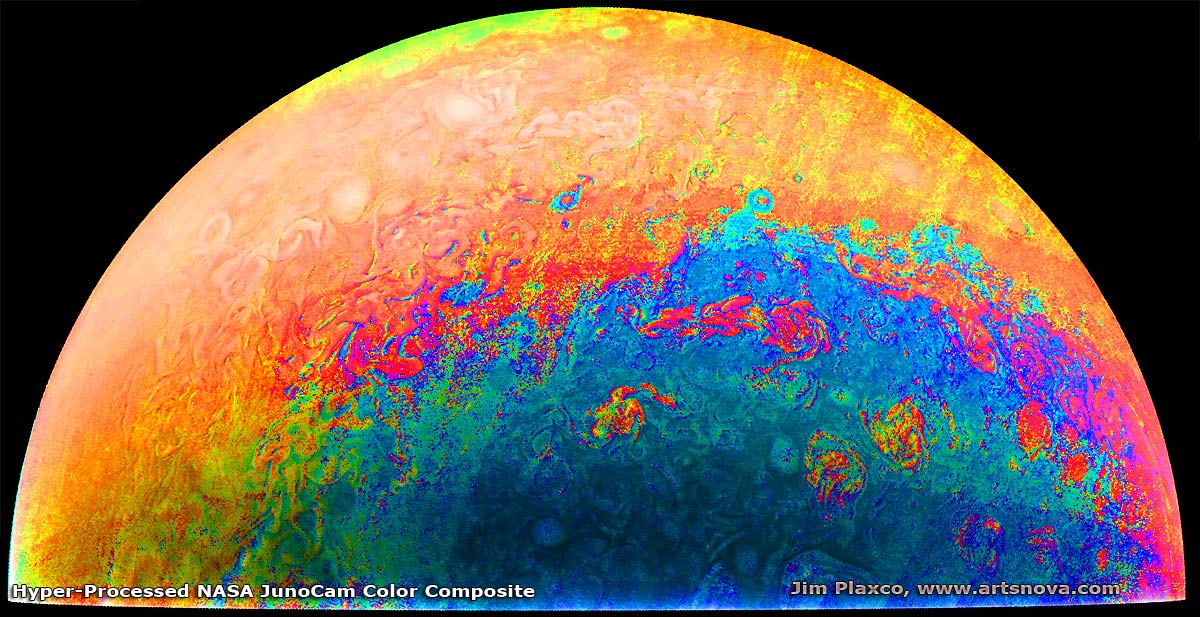
The Pancolaradds 1’300 K more warmth and +47 on the green side. The Takumarcomes in at 650 K warmer and has +12 on the green side. Here we really see a color cast that’s visible with your bare eyes. The Helioscomes in 250 K warmer with +9 on the green side. I took the crop from the image center where vignetting shouldn’t be an issue but I cannot be 100% sure about that. The Tessaralso gets close at 200 K warmer (+7 on the green side). It’s also only 1/6 EV darker than the Yongnuo. The Nikkorcomes in at a mere 100 K warmer than the Yongnuo (and +2 on the green side). However, correctly set to f/2.8 the Color-Ultron is only about 0.1 EV darker than the Yongnuo.Īdditionally, it gets the exact same color temp and tint as the Yongnuo! That’s pretty amazing, if you ask me. The Color-Ultron, unfortunately, has not better light transmission than all the others (despite the picture being the brightest) but the aperture wasn’t closed down to f/2.8 when I made my test (the adapter wasn’t working properly in the beginning). The camera was at a distance of about 50cm too and the images were cropped to show only the center part of the frame. (That’s the reason for the brightness gradient you see in the pictures) Keep in mind that the lamp was standing really close (45cm) and at about 45° angled to camera right of the grey card. (Temp 5’450K and Tint +25 was suggested by the WB selector) the picture from the Yongnuo looked like this: No sharpening, no contrast or clarity, no adjustments to brightness, exposure, shadows, etc.Īfter correcting the white balance in Lightroom. The only thing I did in Lightroom was setting the camera profile to Neutral and of course set the white balance identical for all the lenses.
Colorcast tint manual#
I took the first shot and set exposure mode to manual with the shutter at 1/15 s at iso 100 (best color quality on the sensor) and f/2.8 to have the same aperture on all lenses.

The Yongnuo was used to set the white balance for all the lenses because it is said to have very good/even light transmission and color rendering. I sat the camera on a tripod and put the grey card (cheap chinese one) on the wall, then I used a continuous light source (45W putting out 5’500 K) to guarantee unchanging conditions for all contenders. How did I measure the color cast / light transmission of my lenses?

Those are only visible when you look at the reflection of a light source in the front element. Keep in mind: this has nothing to do with lens coatings. In the image you can clearly see that the lens has a rather strong yellow cast. You simply hold it in front of a white wall (or grey card) and look through the lens. Here’s what the typical color cast of radioactive lenses looks like: This is especially prominent with lenses containing radioactive elements (Read more on that topic in my articles about radioactive lenses and the actual measurements of my radioactive specimen.). Well, while the former is a very complex topic that I unfortunately am not able to explain myself, the latter usually is simply caused by a color cast in the glass itself. How else would it be possible that lens X supposedly renders colors more beautiful than lens Y? How could it be that a certain lens produces beautifully warm images under all circumstances whereas others simply don’t? We only want to make sure that the right part of the image is in focus and we want to control the amount of light that goes through (via the aperture). A lens for photography is supposed to simply let the light through to the film/sensor behind it.


 0 kommentar(er)
0 kommentar(er)
